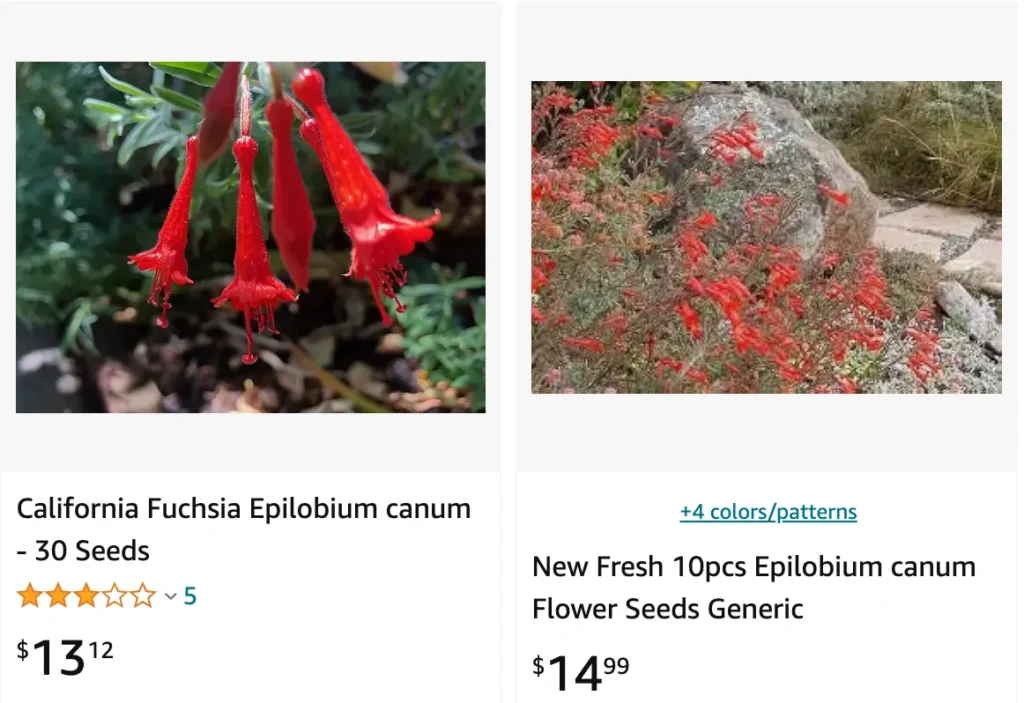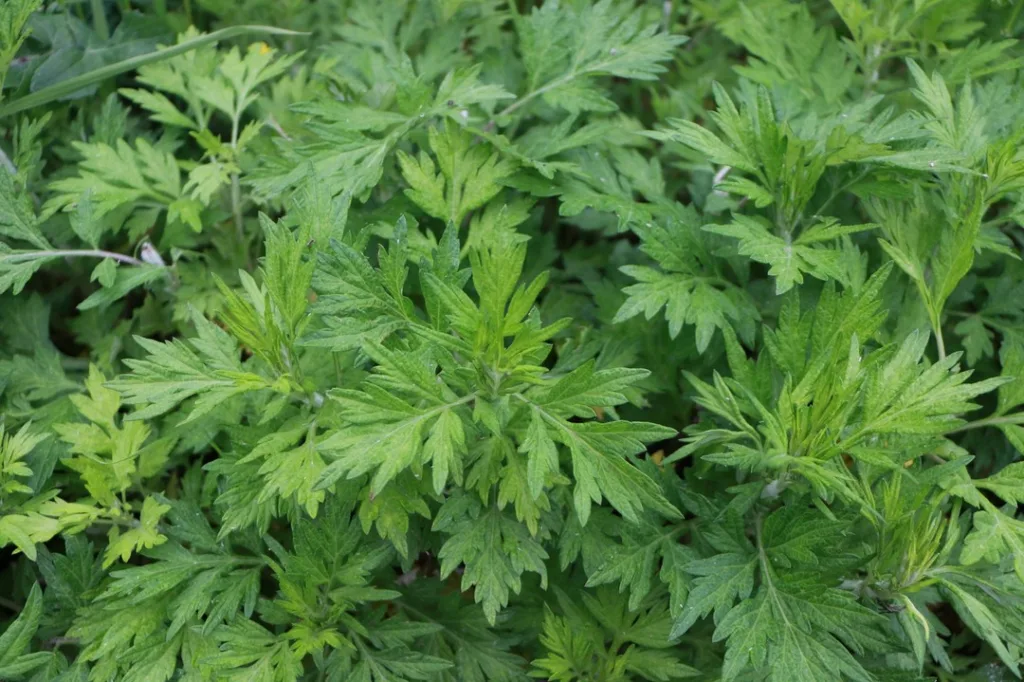
A Gardener’s Guide to Epilobium Canum: Beyond the Willowherb’s Delicate Beauty
For any gardener interested in native plants, Epilobium canum, also known as California Fuchsia, is a captivating addition. This visually stunning wildflower boasts delicate pink flowers and silvery foliage, creating a delightful contrast in the garden. However, beyond its aesthetics, Epilobium canum offers a surprising amount of ecological value. In this article, I’ll share my experience cultivating this unique plant and answer some common questions gardeners might have.
265 Species in Genus Epilobium
What is Epilobium Canum?
Epilobium canum is a perennial wildflower native to California and western North America. It belongs to the Onagraceae family, commonly referred to as the evening primrose family. This herbaceous plant typically grows 1-3 feet tall and features slender, upright stems adorned with narrow, silvery-green leaves. The star of the show, however, are the delicate, four-petaled flowers that bloom in shades of pink or lavender throughout the summer months.
How to Care for Epilobium Canum?
The good news for gardeners like myself is that Epilobium canum is a relatively low-maintenance plant. Here’s a quick guide to its care needs:
- Sunlight: While it can tolerate partial shade, Epilobium canum thrives in full sun.
- Watering: Regular watering is essential, especially during the first year of establishment and during hot, dry periods. However, once established, it can tolerate some drought conditions.
- Soil: Adaptable to various soil types, Epilobium canum prefers well-drained soil.
- Fertilizing: Not necessary. In fact, excessive fertilization can lead to leggy growth and reduce flower production.
Additional Tips: Deadheading spent flowers will encourage continued blooming throughout the season. You can also lightly prune the plant in late fall or early spring to maintain its shape and promote bushier growth.
How to Propagate Epilobium Canum?
If you want to share the beauty of Epilobium canum with other gardeners, there are two main ways to propagate it:
- Seed: Seeds can be collected in late summer or fall. Sow them directly in the garden in fall or early spring after a cold stratification period (exposure to cold temperatures) to mimic natural germination conditions.
- Division: Established plants can be divided in spring or fall. Simply dig up the clump, carefully separate the roots, and replant the divisions in new locations.
Attracting Pollinators with Epilobium Canum
Epilibium canum is a magnet for pollinators! The nectar-rich flowers attract butterflies, hummingbirds, and bees, adding a touch of life and vibrancy to your garden.
What to Plant with Epilobium Canum?
To create a stunning and ecologically beneficial garden, consider pairing Epilobium canum with other native California plants:
- California poppies (Eschscholzia californica): A vibrant burst of orange alongside the delicate pink flowers.
- California lilac (Ceanothus): Adds a touch of blue with its fragrant blooms.
- Deergrass (Muhlenbergia rigens): Provides textural contrast with its graceful, swaying movement.
- Yarrow (Achillea millefolium): Offers flat clusters of yellow or white flowers that complement the shape of Epilobium canum’s blooms.
Remember: When choosing companion plants, consider their mature size and sun requirements to ensure they thrive together.
By incorporating Epilobium canum into your garden, you’re not just adding a touch of elegance, you’re also creating a haven for pollinators and contributing to the local ecosystem. So, why not give this California native wildflower a try and experience its delicate beauty firsthand?
If i die, water my plants!



